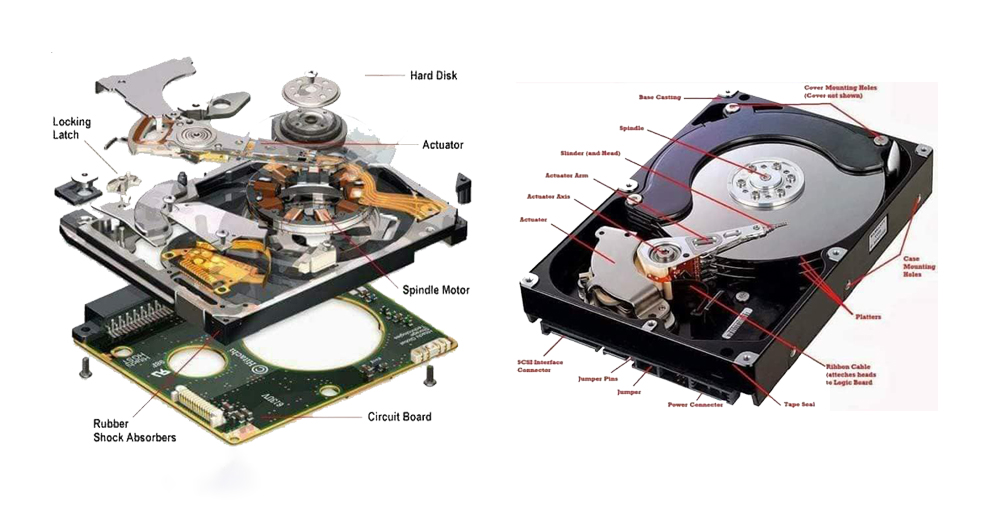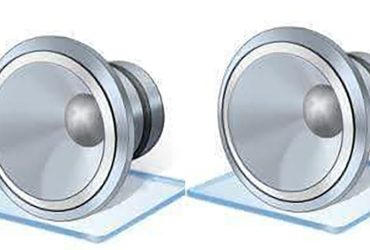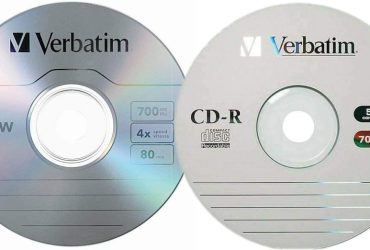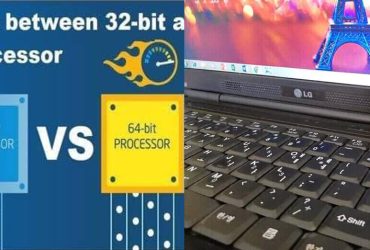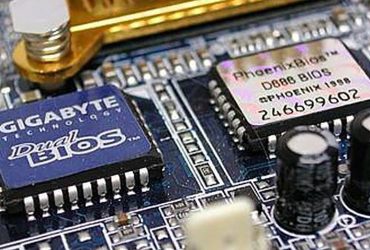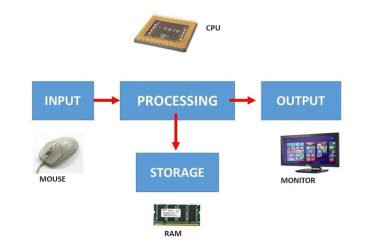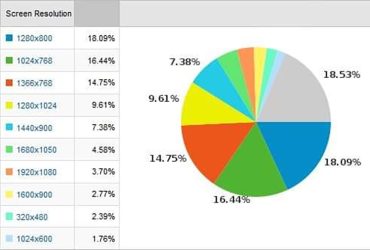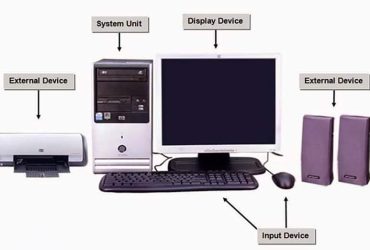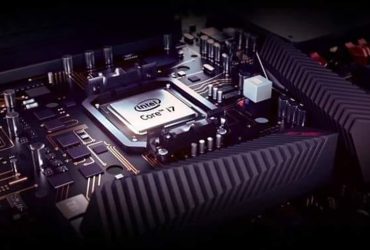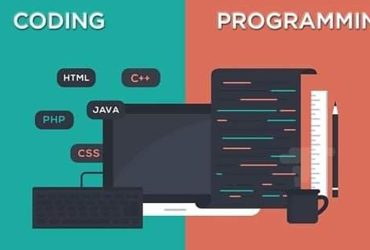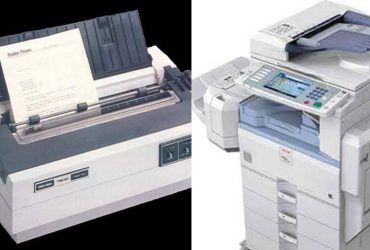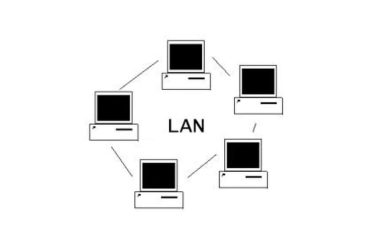A hard disk is an integral part of a computer and can be found on any computer’s operating system and to store data.
The way it works is that there are platters inside this hard disk. These platters form an air cushion due to the rotation of the spindle motor. At the same time, the read/write head performs the read and write data written on the platter. Here’s how to do each one:
Internal operation
A hard disk can have four or five platters called magnetic disks. The larger the disk, the more data it can hold, but the less reliable it is. This platter is used to store programs and data.
Geometry
Learn about the geometry of how files are stored on a hard disk.
Physically, any hard disk on a desktop is physically the same size. If you look at a platter, it is made of thin-film media, and then coated with magnetic coating, it is not possible to save files once it has been created. If not, the low-level format cylinder, track, and sector have yet to be defined. What does track on a .platter mean? A track is a track that follows the circular path from the center of the platter to the center of the platter.
Sector
A sector is the smallest unit of magnetic storage area, with a storage capacity of 512MB per sector. ပြောပြ How to store data?
Hard disk and cd disc storage are not the same things. Hard disks are called disks because they use magnetic technology, and cd discs use a laser. Because it is stored in ultraviolet light, it is considered a disc. Information is said to be stored digitally, but on this platter, it is stored as an analog signal. In other words, digital signals are analog signals. Once you want to read the data on your hard disk, you need to convert the analog signal into a digital signal. Did you mention that there are magnetic fluids? Assume that there are a lot of small magnetic blocks on these platters. When you say magnetic blocks, there are north and south magnets. There are a lot of these little magnets. For example, if you take ss to get 1, then SN is going to take 0. This is called the magnetic bit. There are hundreds of millions of small magnetic blocks on this platter. As I said before, you have to convert the digital signal back. In this way, the data is stored and read. Hard disks have been around for many years, and to this day their structure has not changed much. The basic structure is the same.
Actuator
An actuator is a device that controls the actuator arm by conducting electricity into a coil, which is a voice coil motor coil. It reads slowly because it moves one step at a time, and when it does not turn on the power while it is reading, it stops there, causing the hard disk to be scratched with a knife when it works. However, it has an automatic parking system.
Actuator Arm
The actuator arm moves horizontally across the platters to read and write data. The actuator axis is located at one end of the actuator arm and is in the middle. Cover mounting holes are places where screws are installed to cover the hard disk.
Head
The head is actually the read/write head. This head can read and write data. Each platter has two heads up and down. Two platters will have four read/write heads.
Interface connector
The interface connector is about data cable. There are two types of interface: IDE interface and SATA interface. The IDE interface is 40pin / 80wire and the SATA is 7pin. SATA is a point-to-point system. In the image below, the red one is the SATA interface and the other is the IDE interface.
Jumpers
Jumpers are only available on IDE drives, not SATA.
In IDEs, the master-slave must be separated when installing the connector. If both HD and CD ROMs are in one IDE cable, the hard disk must be the master and the CD ROM must be the slave. Yes, the pin is now a 40 pin 80 wire, protected from crosstalk, and much faster.
The cable version, called ATA, used to be 66/100 / 133MHz but is now faster because it uses bus mastering technology called ultra DMA.
IDE power cable cables are disconnected while the computer is running.
No, you can get it in SATA. This is called a hot-swap. Removable without a power shutdown is called a hot-swap. In IDE cables the cable should not be longer than 18 inches, otherwise, it may interfere with data transfer. In SATA, it can be used up to 1 meter, which is twice as long as the IDE cable.

Platter
The platter is made of glass and then coated with a magnetic coating. These platters usually have a maximum of four or five plates. The smaller the platter, the better the reliability.
Power connector
The power for the hard disk is 12v 5v. For notebook computers, 5v is used… The power connector heads provided for the hard disk are called Molex connectors.
Ribbon cable
The ribbon cable connects to the logic board. Converts any analog signal read by the hard disk onto a logic board and converts it into a digital signal.
Spindle motor
The spindle motor spins from the center to rotate the platter, at 3500 to 15,000 RPM. RPM is called revolution per minute. The number of weeks the spindle motor runs per minute… Currently, the most commonly used in our environment are 5400 RPM and 7200 RPM. This RPM must be taken into account when we buy a hard disk. The higher the RPM, the faster. One thing to keep in mind, though, is that the higher the RPM, the faster the data can be read, but the more power it provides.
SCSI drive
SCSI drives are commonly used on workstations and servers, rather than on ordinary computers. SCSI is a small computer system interface. There are two types of SCSI: internal SCSI and external SCSI. Let’s see the rate. SCSI 1 can only carry a 25-bit transfer rate using 25 pins. SCSI 2 is the same as SCSI 1 but with 50 pins instead of 25 pins. While SCSI 1 has nothing to speak about, SCSI 2 has a lot to say about SCSI VERSION. After SCSI 2, Wide SCSI has 68 pin and 16bit transfers. Fast wide SCSI can transfer up to 20 MBps with 16bit. Ultra SCSI can transfer 20 MBps with the 8-bit bus. SCSI 3 can transfer 16 bit and 40 MBps. It is also called Ultra-wide SCSI. So under SCSI 3, there are Ultra 2 SCSI and wide ultra 2 SCSI. Ultra 2 SCSI can transfer 8bit 40 MBps and wide ultra 2 SCSI can transfer 16bit 80 MBps.
Today, everyone uses ultra DMA mode. SCSI peripherals are connected in a daisy chain only through SCSI ports. The cable goes to the host adapter, from which device 1, device 2, and so on. SCSI has a set of IDs. IDs range from 0 to 7, and between 0 and 16. Once all the devices have been installed, the terminals must be installed on the last device, which is to prevent echo signals from returning.
Bus mastering
Let’s talk about bus mastering later. Bus mastering is a technology used in controller buses today. In order to retrieve information from the hard disk, you need to request instructions from the CPU. Bus mastering was developed to address this vulnerability, as it now works directly from the bus mastering controller without requesting or requesting directions to the CPU, thus increasing the performance of a computer.
Low-level format
The low-level format defines the geometry of the platters on our hard disk, in other words, the cylinder track sectors. In the past, when FAT 16 was used, when Windows 95 was introduced, you had to set the Low-level format manually.
High-level format
The high-level format defines the file systems to be stored, creates a master boot record, and creates a file allocation table. Only after this high-level format can the files be saved. So let’s see what that file system, FAT 16 FAT 32 NTFS, means.
FAT file system
FAT is a file allocation table that looks like a table of contents in a book. In the same way, you can directly search for the file you want by looking at the addresses of the files in this file allocation table.
You need to create file tables to save the files. This will make it easier to find. Here is the structure of FAT 16: FAT file system on a hard disk consists of clusters. For example, if the cluster size is set to 32KB, we will save a file of about 20 KB. So you have 12 KB of space left in each cluster.
The next time we save a file, it goes beyond the 12 KB free space and then saves it at the beginning of the next cluster. Due to this vulnerability, the latest technology file system (NTFS) is the smallest cluster size, replacing FAT 16 and 32 with the highest file system.
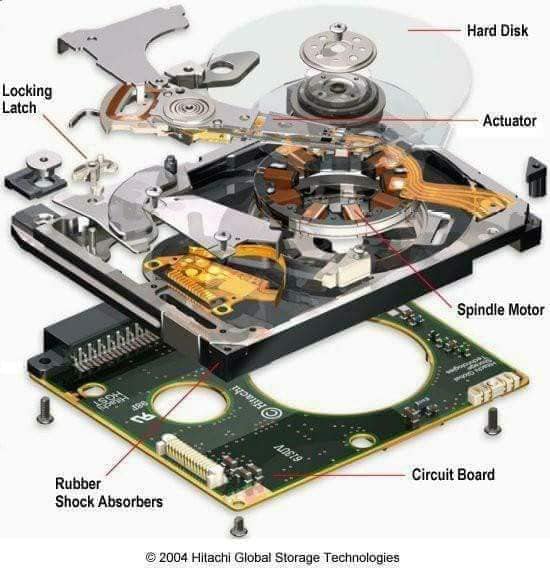
NTFS file system
NTFS has reduced the cluster size to only 4KB per cluster, increasing the free space as the cluster size gets smaller. As the cluster size gets smaller, you get more free space.
Reliability and security have also improved. NTFS systems also have a built-in system that allows you to recover important files that you accidentally deleted from your original Windows installation.
About Partition
Let’s talk about partition.
There are two types of partitions on a hard disk: primary and extended. Some are called secondary partitions. If you have only one primary partition on a hard disk, you can have a maximum of four partitions. This is because an extended partition can have as many as 24 logical drives that can be subdivided. Up to 24 logical drives can be specified, without AB (AB is the letter for floppy drive). When Windows is loaded, it boots to the primary active partition. You may be wondering if you can keep it.
Yes, there is only 64 KB in the boot partition table for boot information to install the OS on a hard disk. A boot partition table contains 16 KB.
For four operating systems, 16 * 4L 64, so only a maximum of four operating systems can be installed. So you can only partition the primary partition up to four… ok, so you can use it after installing Windows on a hard disk, but it will not work if the first boot device is not declared in the bios setting.
So you have to go into the BIOS and fix it. This is because the hard disk must be declared on the first boot device in the Advance feature….
Sometimes, if you disable floppy on the first boot, the OS may not boot.

